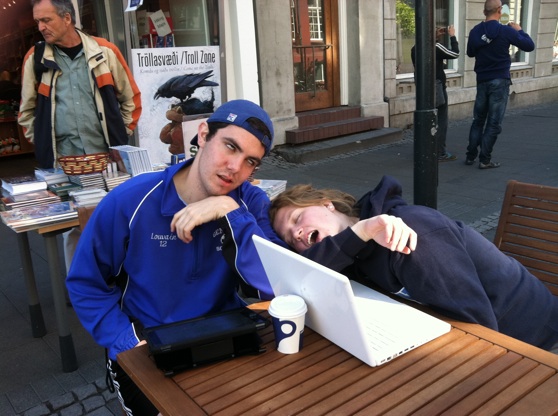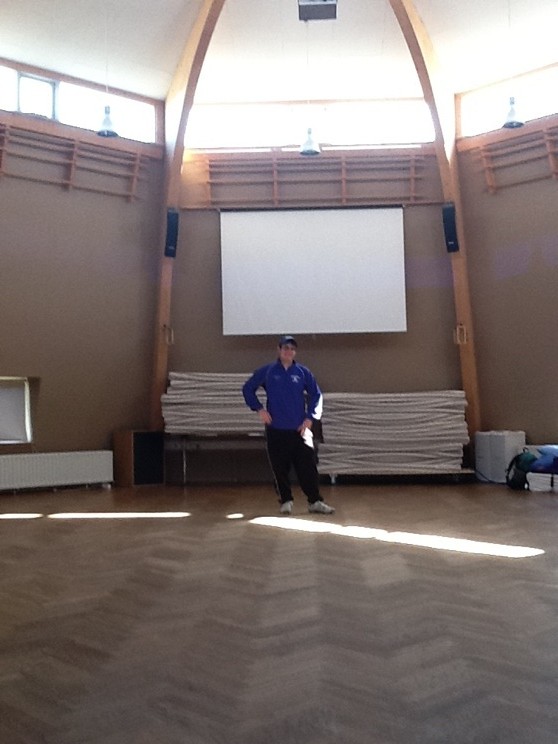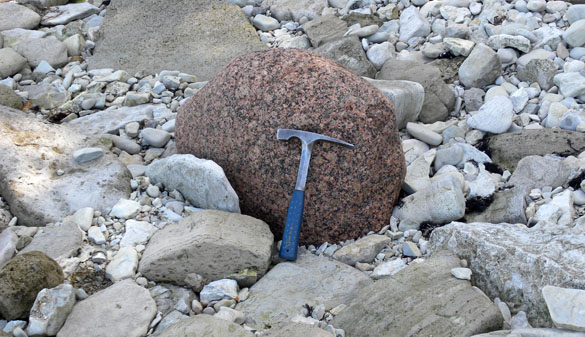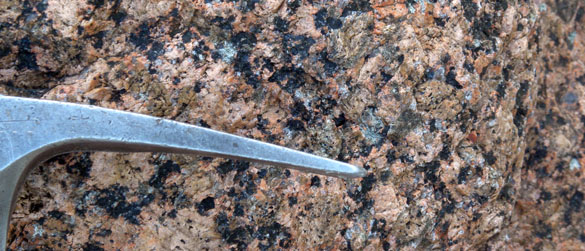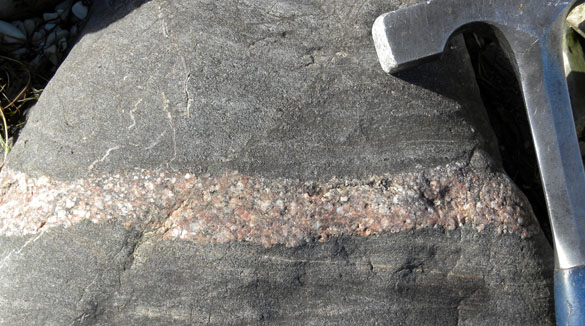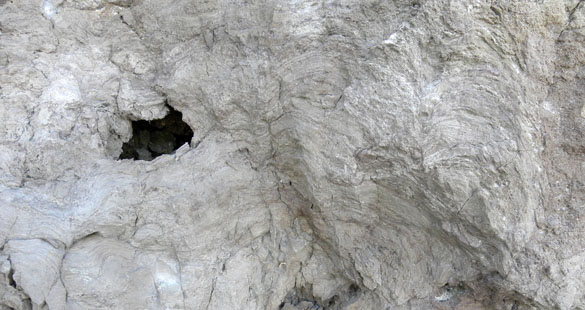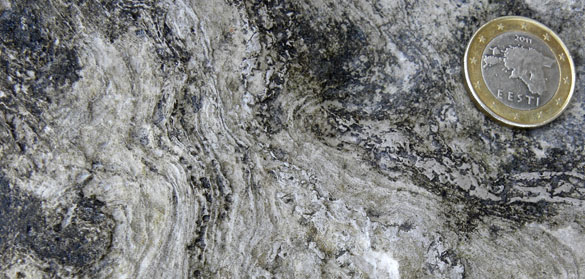 KÄINA, ESTONIA–This is a shout-out to our Wooster Geology colleagues currently working on the barren volcanic island of Iceland. We thought they might want a break from the bleak expanses of black basalt for a little color of wildlife from Estonia. The creature above, of course, is a grasshopper we found in our quarry today.
KÄINA, ESTONIA–This is a shout-out to our Wooster Geology colleagues currently working on the barren volcanic island of Iceland. We thought they might want a break from the bleak expanses of black basalt for a little color of wildlife from Estonia. The creature above, of course, is a grasshopper we found in our quarry today.
Recent Comments
- Mark Wilson on Possible Linkages Between Climate and Human History in Ohio (the 4.2 yr. ka interval)
- Greg Wiles on A new paper on James Parkinson’s neglected 19th century contributions to crinoid paleontology
- Todd Starkey on New Paper on the Dawn Redwood (Metasequoia) Trees of Wooster Ohio
- Mark Wilson on Snuffboxes! Team Dorset has a project
- Stephen Kershaw on Snuffboxes! Team Dorset has a project
Meta
-
Recent Posts
- Muscle scars in tiny conical fossils: A new paper describing the musculature of Devonian tentaculitids from Armenia and what they mean for the biology and evolution of the group
- Possible Linkages Between Climate and Human History in Ohio (the 4.2 yr. ka interval)
- A spotty Middle Ordovician trilobite from Estonia: A new paper describing an ancient parasitic infection
- A new paper on James Parkinson’s neglected 19th century contributions to crinoid paleontology
- A New Tree Ring Study from the Kashmir Valley, western Himalaya
Blogroll
Other Links
Wooster Links
Tags
- Alaska
- basalt
- British Columbia
- Cambrian
- Carboniferous
- climate
- climate change
- Cretaceous
- Devonian
- England
- Estonia
- Fossil of the Week
- fossils
- France
- GSA Meeting
- history
- Iceland
- ichnology
- Independent Study
- Indiana
- Israel
- Italy
- Jurassic
- Kentucky
- lava
- limestone
- Miocene
- Mojave Desert
- Negev
- Ohio
- Ordovician
- paleoclimate
- pillow lava
- Pleistocene
- Pliocene
- Russia
- Sicily
- Silurian
- tree ring
- UK2015
- undergraduate research
- Utah
- Wooster
- Wooster Geology
- Yorkshire
Archives
- December 2025
- November 2025
- October 2025
- September 2025
- August 2025
- July 2025
- June 2025
- May 2025
- April 2025
- March 2025
- February 2025
- January 2025
- December 2024
- September 2024
- July 2024
- June 2024
- May 2024
- April 2024
- March 2024
- January 2024
- December 2023
- November 2023
- October 2023
- September 2023
- August 2023
- July 2023
- June 2023
- May 2023
- April 2023
- March 2023
- February 2023
- December 2022
- September 2022
- August 2022
- July 2022
- June 2022
- May 2022
- April 2022
- March 2022
- February 2022
- January 2022
- December 2021
- November 2021
- October 2021
- August 2021
- June 2021
- May 2021
- April 2021
- March 2021
- February 2021
- January 2021
- December 2020
- November 2020
- October 2020
- September 2020
- August 2020
- July 2020
- May 2020
- April 2020
- March 2020
- February 2020
- January 2020
- December 2019
- November 2019
- October 2019
- September 2019
- August 2019
- July 2019
- June 2019
- May 2019
- April 2019
- March 2019
- February 2019
- January 2019
- December 2018
- November 2018
- October 2018
- September 2018
- August 2018
- July 2018
- June 2018
- May 2018
- April 2018
- March 2018
- February 2018
- January 2018
- December 2017
- November 2017
- October 2017
- September 2017
- August 2017
- July 2017
- June 2017
- May 2017
- April 2017
- March 2017
- February 2017
- January 2017
- December 2016
- November 2016
- October 2016
- September 2016
- August 2016
- July 2016
- June 2016
- May 2016
- April 2016
- March 2016
- February 2016
- January 2016
- December 2015
- November 2015
- October 2015
- September 2015
- August 2015
- July 2015
- June 2015
- May 2015
- April 2015
- March 2015
- February 2015
- January 2015
- December 2014
- November 2014
- October 2014
- September 2014
- August 2014
- July 2014
- June 2014
- May 2014
- April 2014
- March 2014
- February 2014
- January 2014
- December 2013
- November 2013
- October 2013
- September 2013
- August 2013
- July 2013
- June 2013
- May 2013
- April 2013
- March 2013
- February 2013
- January 2013
- December 2012
- November 2012
- October 2012
- September 2012
- August 2012
- July 2012
- June 2012
- May 2012
- April 2012
- March 2012
- February 2012
- January 2012
- December 2011
- November 2011
- October 2011
- September 2011
- August 2011
- July 2011
- June 2011
- May 2011
- April 2011
- March 2011
- February 2011
- January 2011
- December 2010
- November 2010
- October 2010
- September 2010
- August 2010
- July 2010
- June 2010
- May 2010
- April 2010
- March 2010
- February 2010
- January 2010
- December 2009
- November 2009
- October 2009
- September 2009
- August 2009
- July 2009
- June 2009
- May 2009









